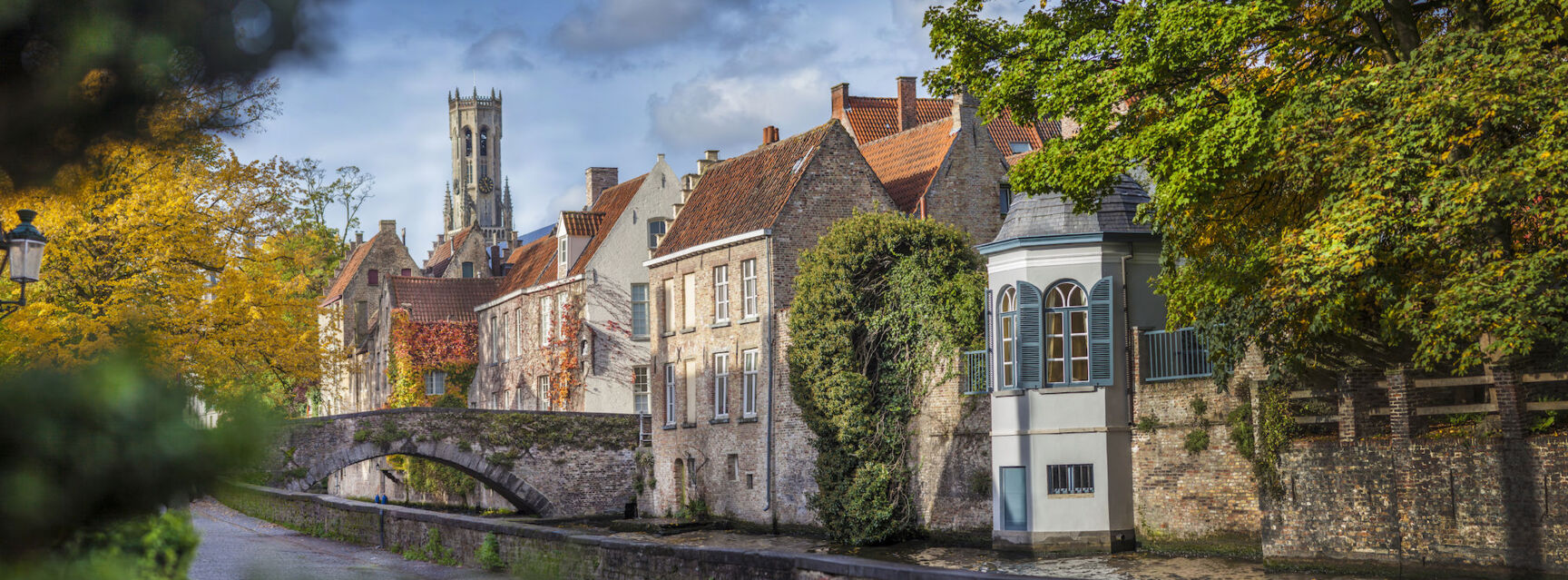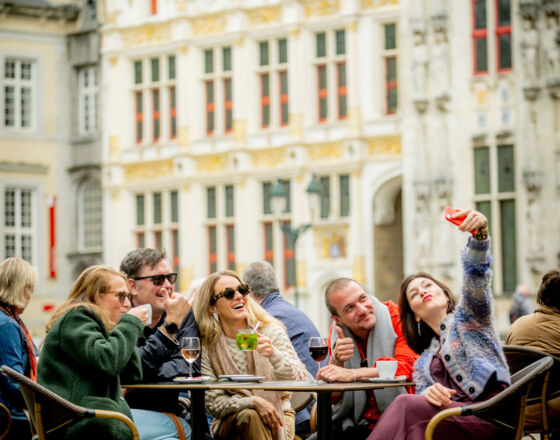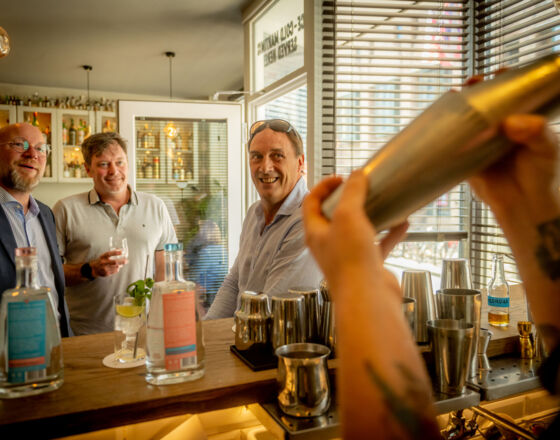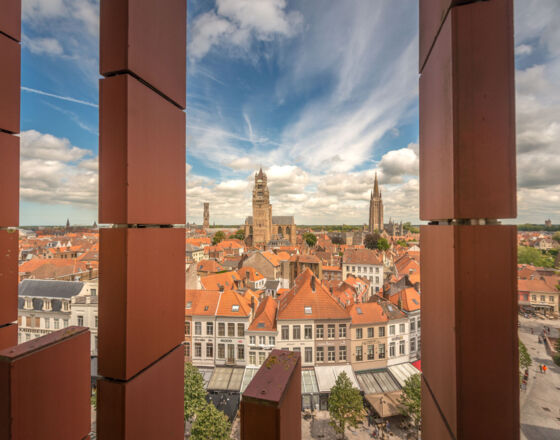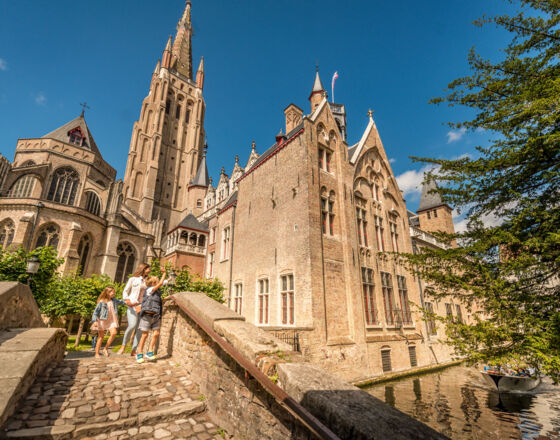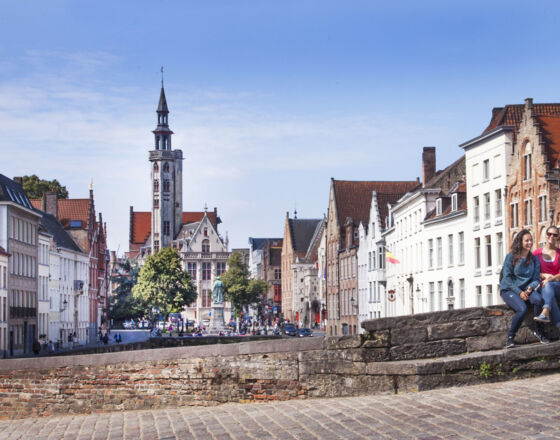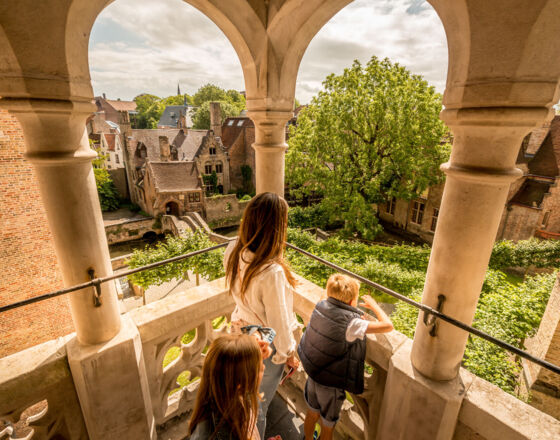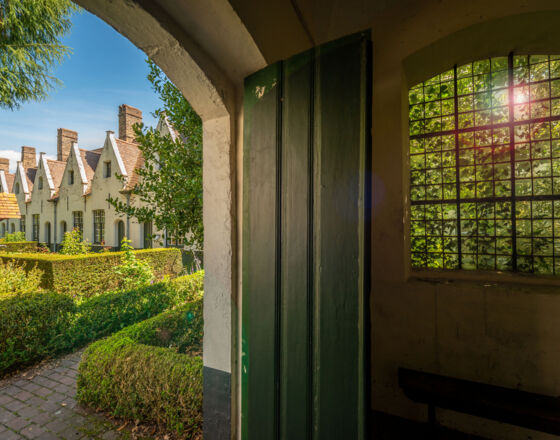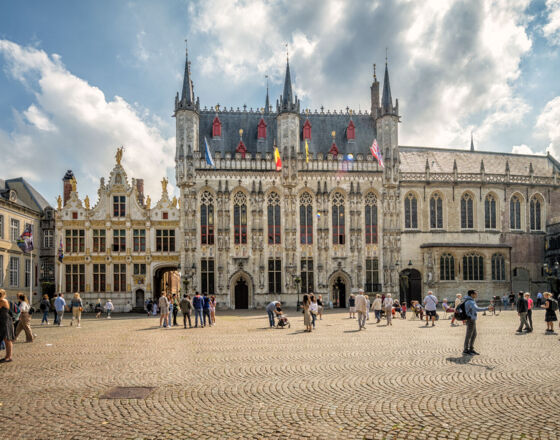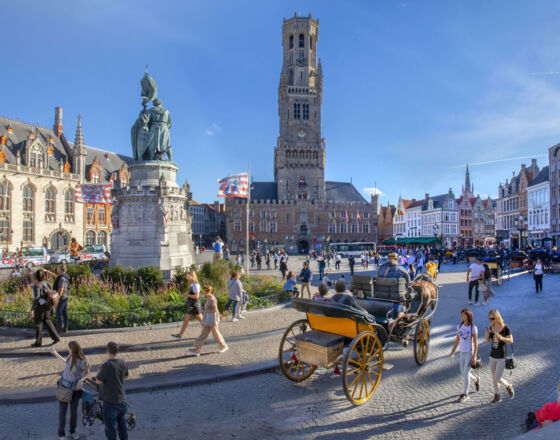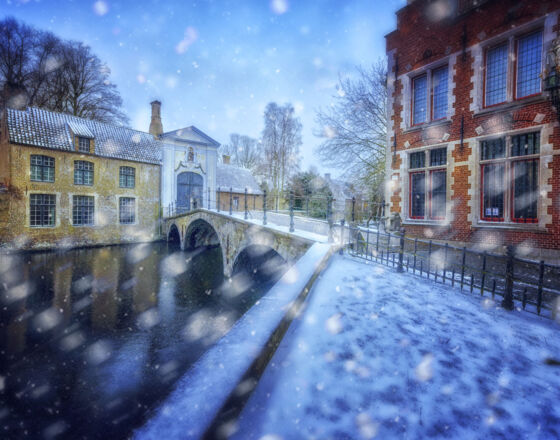Facts & Figures
Founded
Year 1128
Location
51.20855 latitude and 3.226772 longitude
Population
118500
UNESCO World Heritage
- Beguinage, 1998
- Belfry, 1999
- Historic city centre, 2000
- Procession of the Holy Blood, 2009 (Intangible Cultural Heritage)
What is the city known for?
- UNESCO World Heritage status
- Art&Culture (Flemish primitives)
Events
- Procession of the Holy Blood
This procession that dates back to at least 1304, takes place in Bruges every year on Ascension Day. Although there have been many changes over the centuries, the heart of the event is the reenactment of the passion and resurrection of Jesus Christ. The Procession of the Holy Blood was added to the representative list of intangible cultural heritage of humanity. - MAfestival
Each year this highly respected festival of ancient music – MA stands for Musica Antiqua – continues to attract the world’s top performers to Bruges and Bruges’ wet- and woodlands. - Winter Glow
A wonderful winter experience – that’s what Winter Glow is all about. A winter festival packed with fascinating experiences and sparkle-filled special moments.

